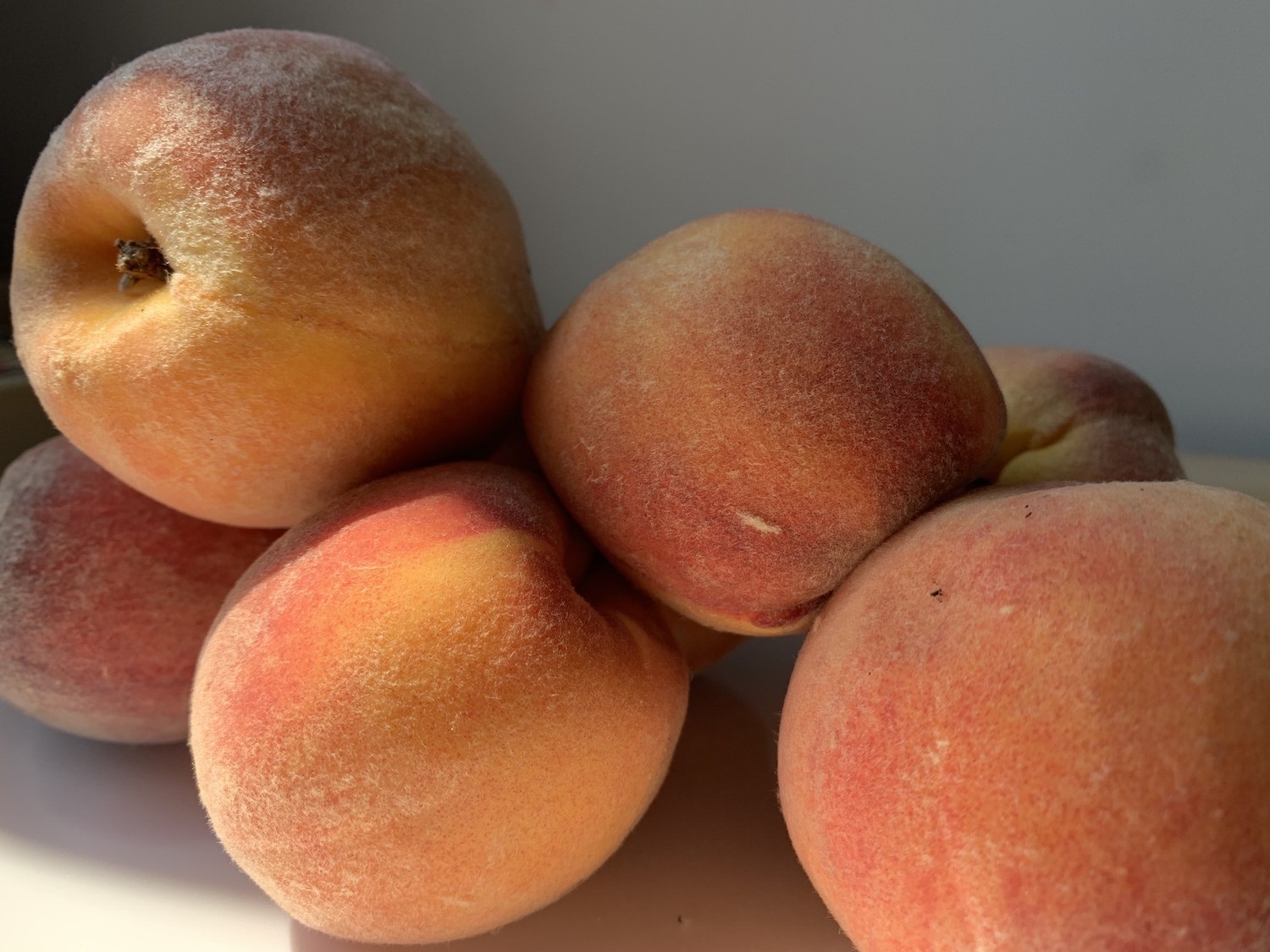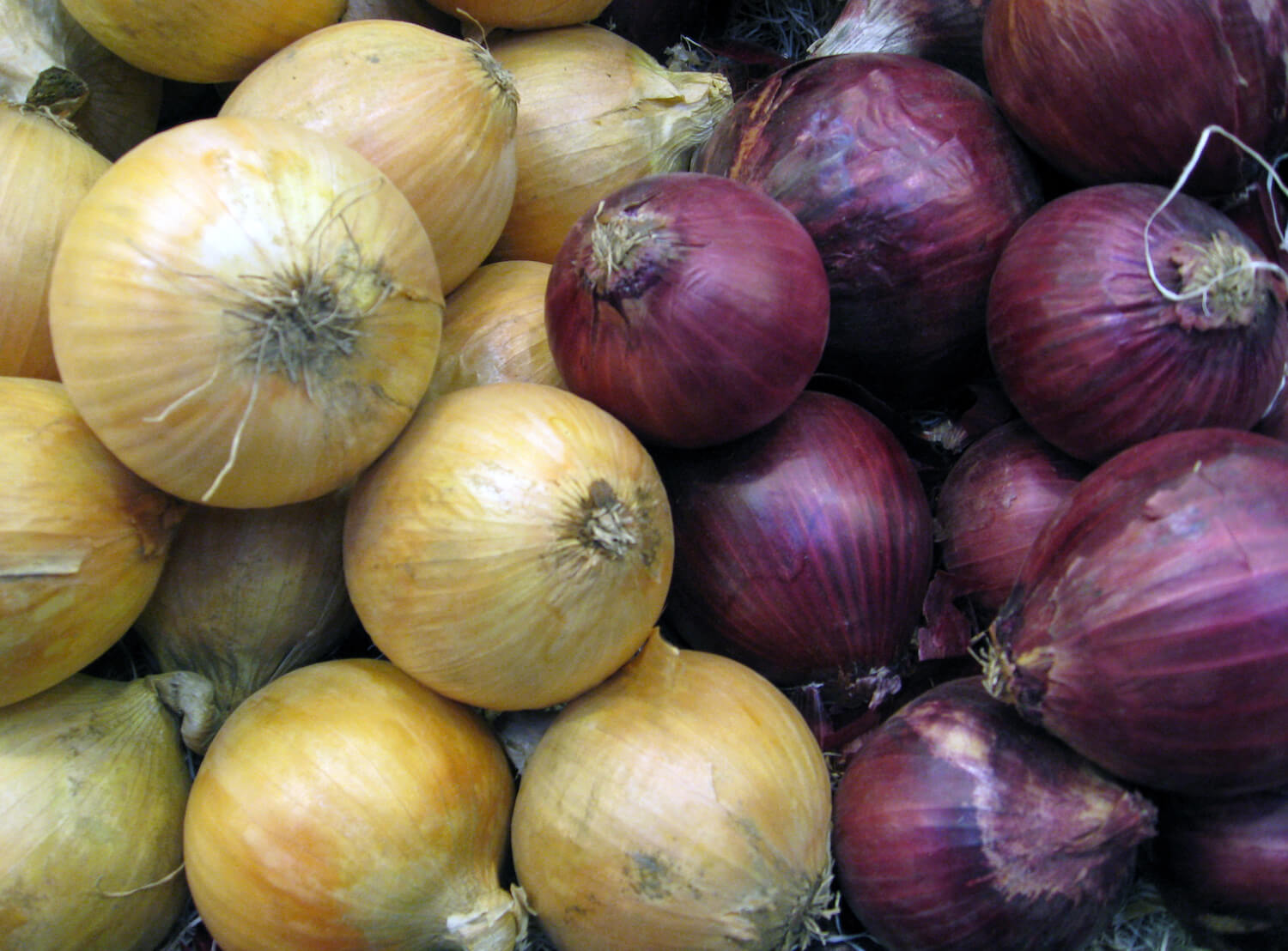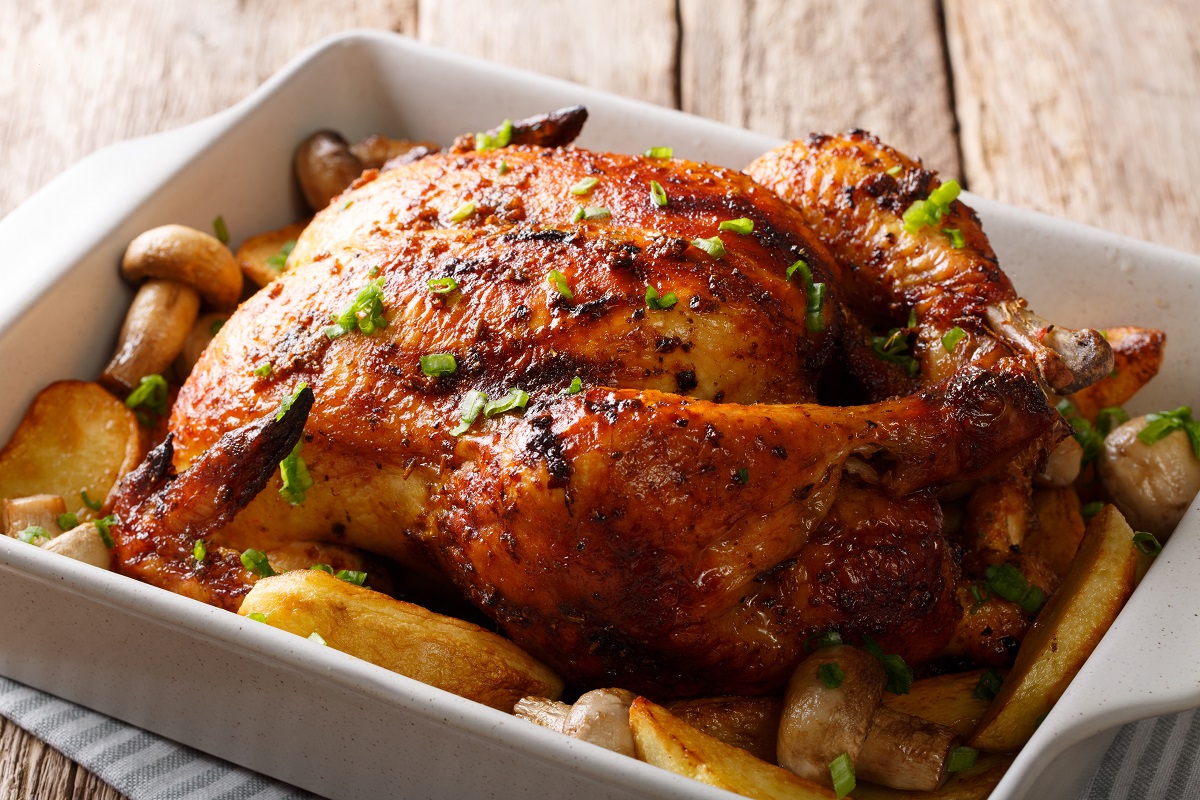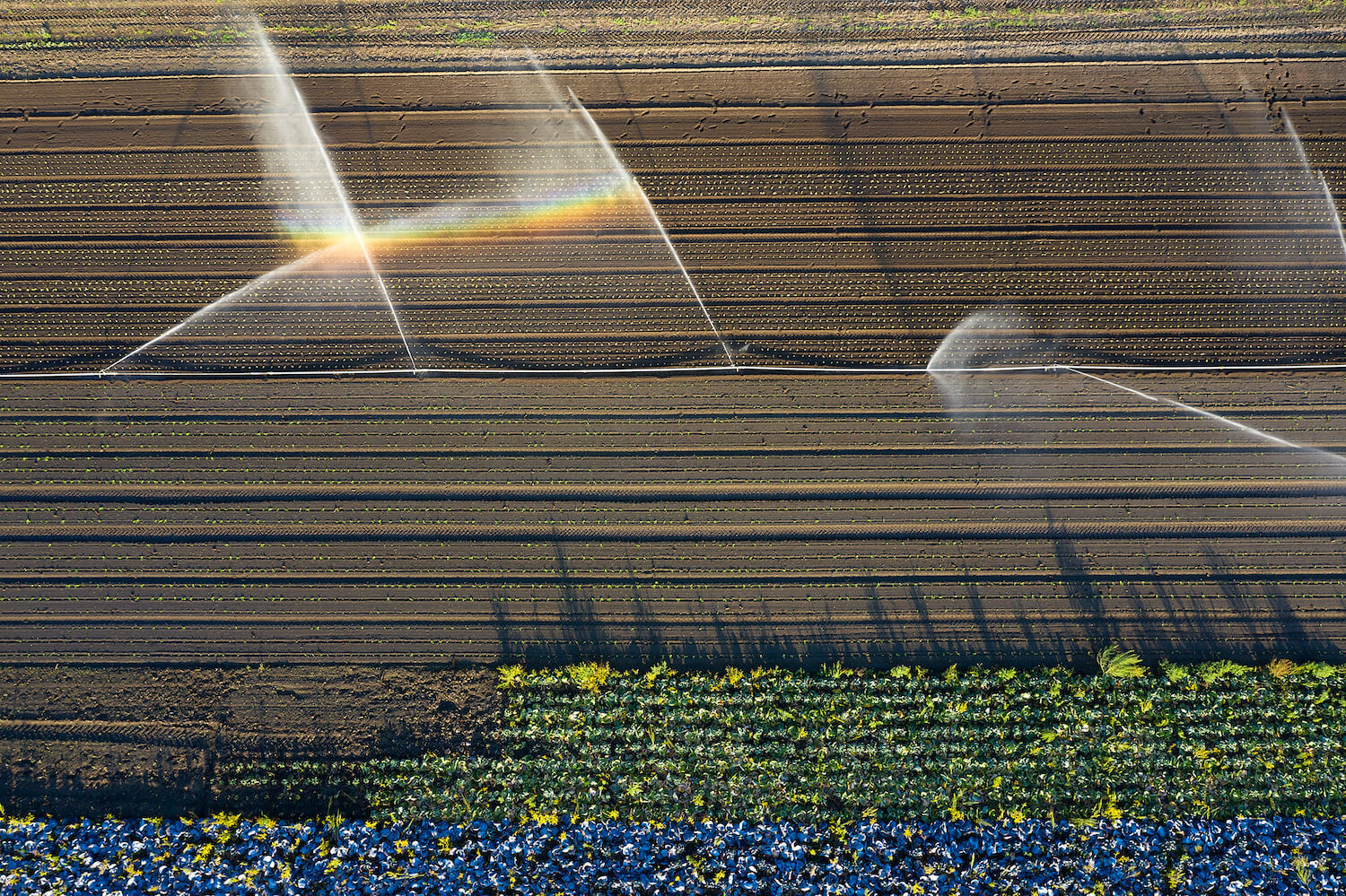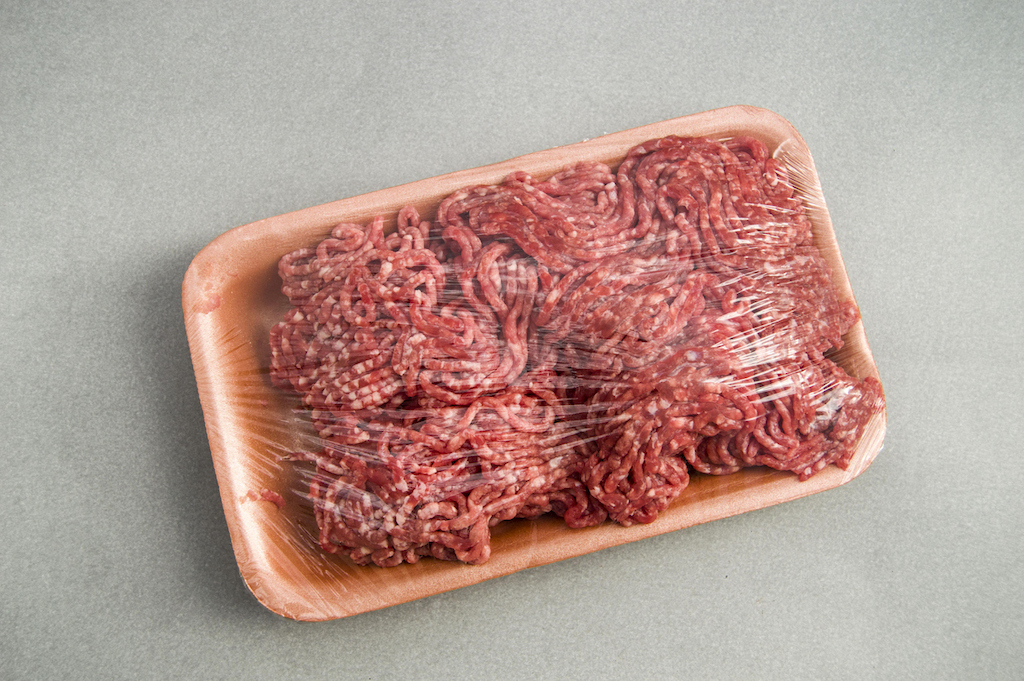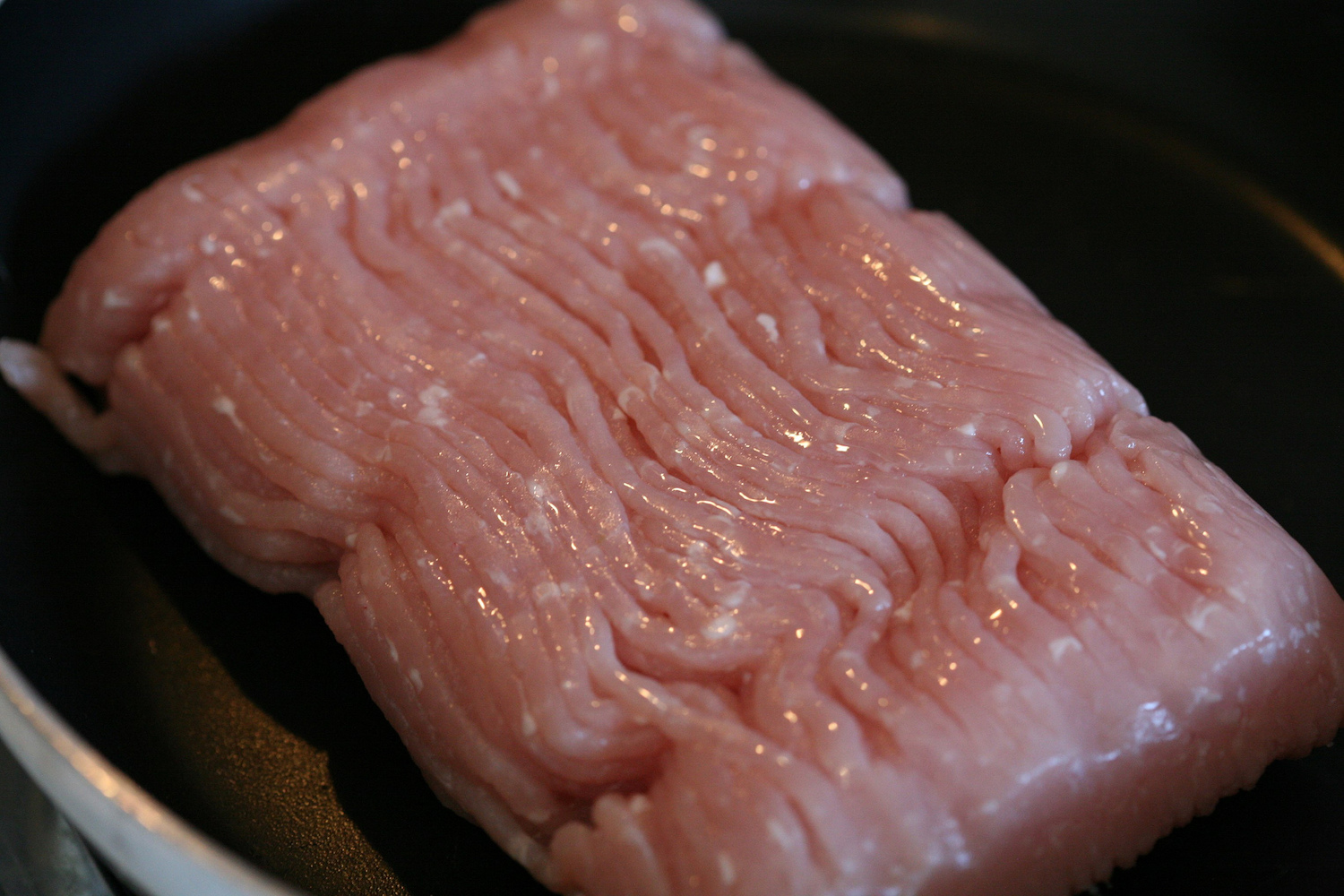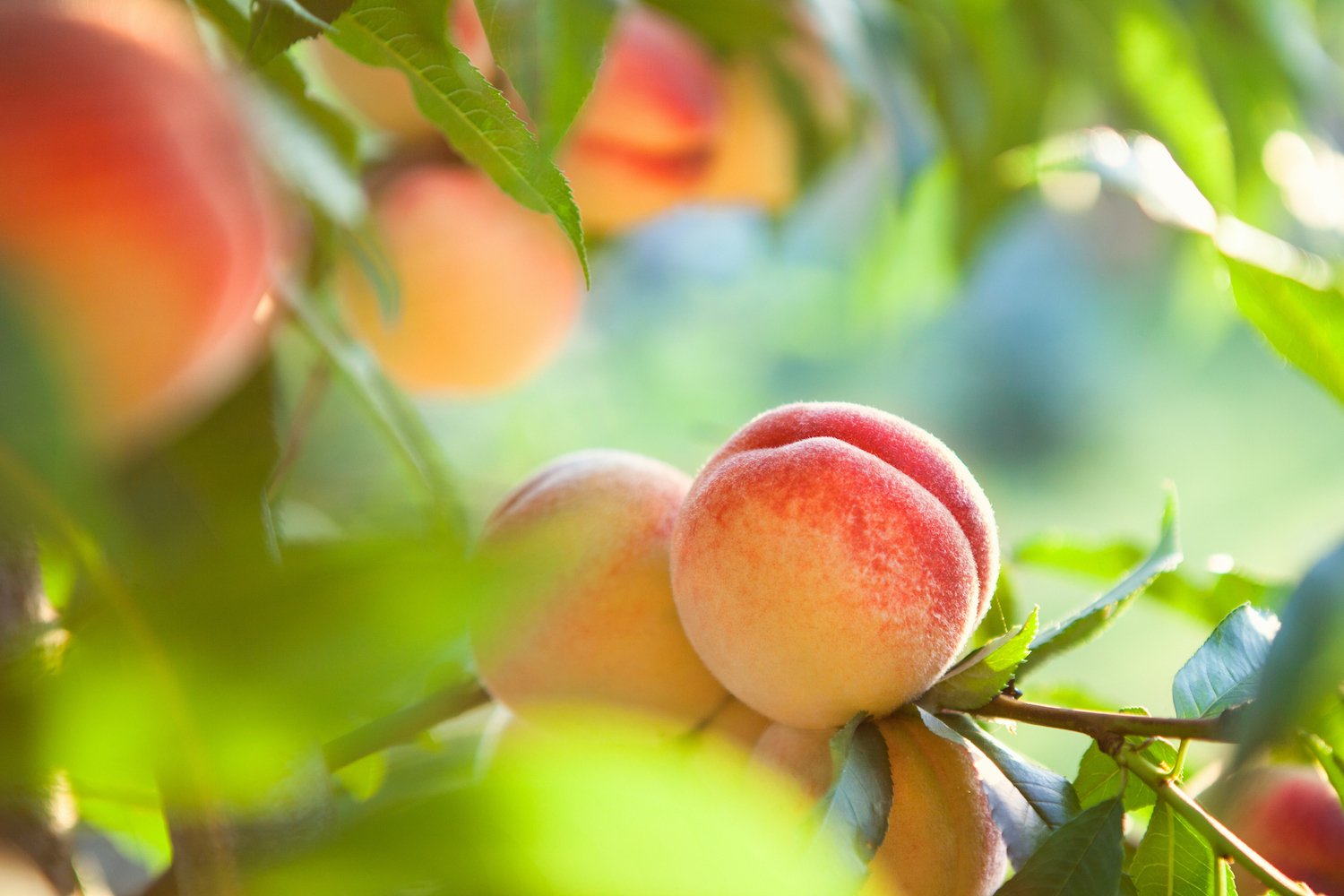
iStock/takoburito
In a new report, the FDA details how airborne contamination can spread pathogens from farms and animal operations to fruit orchards.
Over 100 eaters were sickened last summer in a major Salmonella Enteritidis outbreak that food safety experts linked to a rather surprising source: peaches.
According to national foodborne illness records dating back 50 years, there had only ever been three other peach-associated outbreaks in the United States, and none of them involved salmonella. The recall prompted manufacturers to pull bagged and loose peaches from shelves across the country, as well as in Canada, New Zealand, and Singapore. (Many additional countries were put on alert as potential export destinations for the contaminated fruit.)
It’s not just the fruit that was atypical—how they were contaminated in the first place also appears unexpected. Commonly, foodborne illness outbreaks are attributed to contaminated water. In this instance, the Food and Drug Administration (FDA) suspects that the salmonella was actually spread through the air.
According to a new report published on Friday, the agency is advancing the possibility that pathogen-carrying dust blown in from nearby animal operations may have played a role in contaminating peach orchards last summer. FDA referred to these aerial particles as “fugitive dust” and hypothesized that microscopic salmonella bacteria may have hitched a ride on them, propelled by wind, from neighboring cattle and poultry operations.
“Within the area of food safety microbiology, we call that ‘root to fruit’—can the bacteria get at a root and move into the fruit?”
“Geospatial analyses … suggested several plausible opportunities for contamination including from airborne transmission of fugitive dust possibly originating from adjacent animal operations,” the report read.
Alternatively, the bacteria may have drifted over from nearby almond farms, the FDA noted, where conditions are prime for salmonella growth. (To harvest almonds, trees are vigorously shaken so that the nuts fall to the ground. While drying, almond shells and hulls may inadvertently provide nutrients for salmonella to feed off, helping the bacteria thrive. Also, the shaking makes it all a notoriously dusty process.)
It’s important to note that FDA was unable to find the original salmonella strain on the farms linked to last year’s contaminated peaches, despite having taken over 700 samples from fruit, tree leaves, and the surrounding environment. (While the producer wasn’t named in the report, last year’s recall affected fruit from Prima Wawona, a large fruit grower based in Fresno, California.) This isn’t entirely unusual. As we’ve previously noted, the conditions that cause contamination on produce farms have usually disappeared or changed by the time investigators actually show up to scrutinize them. However, FDA did find two different strains of salmonella during its investigation.
When we hear about foodborne illness outbreaks, it’s not fruit that typically comes to mind. Leafy greens like lettuce and sprouts get recalled on a far more frequent basis, and the suspected cause is almost always irrigated water contaminated by nearby animal operations. Because leafy greens are grown so close to the soil, it’s relatively easy for them to become contaminated by pathogens.
Researchers have even found that pathogens can infiltrate the air in cars that have been tailing poultry-transporting trucks.
Fruit trees, on the other hand, get watered under their canopies. In this case, that means that even if the farm’s water supply was contaminated with salmonella, it likely wouldn’t have come into direct contact with the peaches. And as intuitive as it might seem, pathogens are not known to be able to move through root systems, tree trunks, and branches. In other words, it’s unlikely salmonella could reach the fruit via that path.
“Within the area of food safety microbiology, we call that ‘root to fruit’—can the bacteria get at a root and move into the fruit?” said Michelle Danyluk, a professor of food microbiology and safety at the University of Florida. Danyluk’s research on salmonella at almond farms was cited in FDA’s report. “To date, there’s no evidence under commercial field conditions that root-to-fruit happens.”
This could explain why FDA is considering airborne salmonella spread a serious possibility. Scientists have previously detected antibiotic-resistant bacteria and fungi in air samples taken around swine operations, for example. Researchers have even found that pathogens can infiltrate the air in cars that have been tailing poultry-transporting trucks.
Still, it remains unclear how exactly salmonella may have been transmitted to peaches in last year’s outbreak.
“Could it be from the harvest, walking, or driving down the road between the peaches and pushing the dust up?” Danyluk asked. “Could it be a really windy day? Could it be from the poultry operation or wind blowing from the dairy? I think that’s the big question … And what can we do about that? How do we minimize that?”
To answer that dilemma, FDA offered up its usual arsenal of advice: Be aware of nearby animal farms, consider pathogen testing, keep up-to-date supply chain records in case of a foodborne illness outbreak or recall. Whether salmonella is carried by water or air, many of the suggested protections remain the same.

